Above is a montage of all the below information into a concise and interactive page using Genially. To open it into a full window please use the following link: https://view.genially.com/671c12caf1b69899c6dc374d/guide-mini-maker-montage
-If further details are required, please see the below information. I have also included more photos below if you would like to quickly look through them.
Week 1: September 5th, 2024
Specifics: This week we were introduced to what a maker is (really anyone who creates!) and even tried our first mini-maker challenge (30 minutes to create a wearable object that represents you and has a moveable part). We also competed a group project around “Caines Arcade”.
Reflection/ Aha moment: Me… A Maker? I did not realize until today that I am a maker! I love to create fondant cakes, scrapbooks, and unique digital resources. Being a “Maker” comes in so many forms!
Future Application: I want to show students that every single one of them is a maker by doing a share-out like we did in class. I will also use the “Caines Arcade” Mini-Maker challenge with my class as an icebreaker challenge. It was a blast!
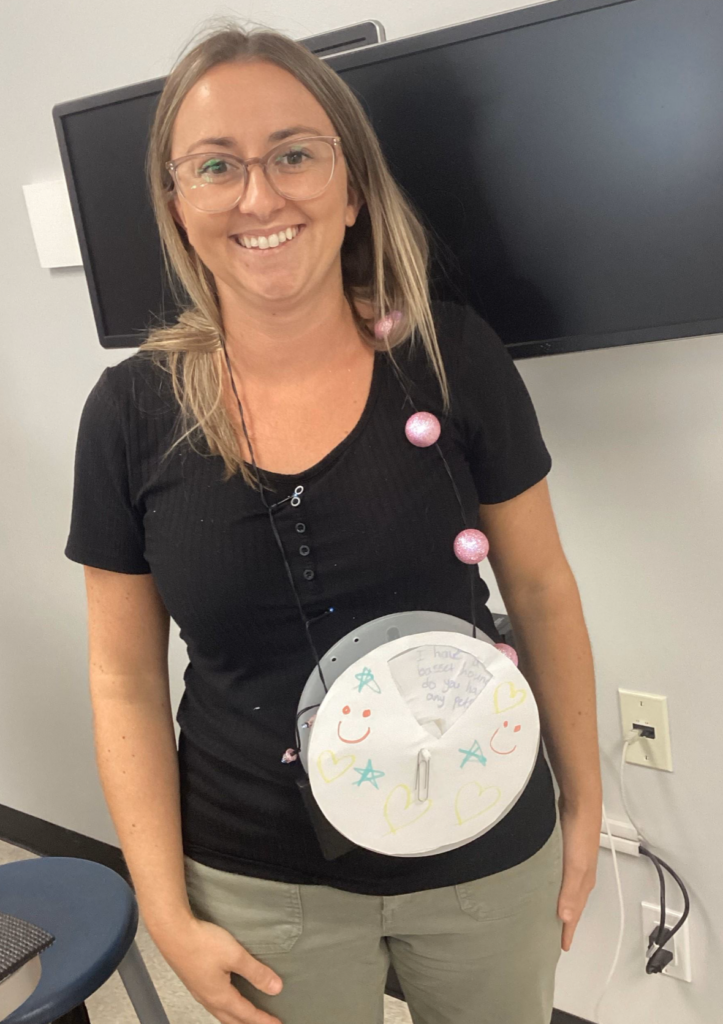
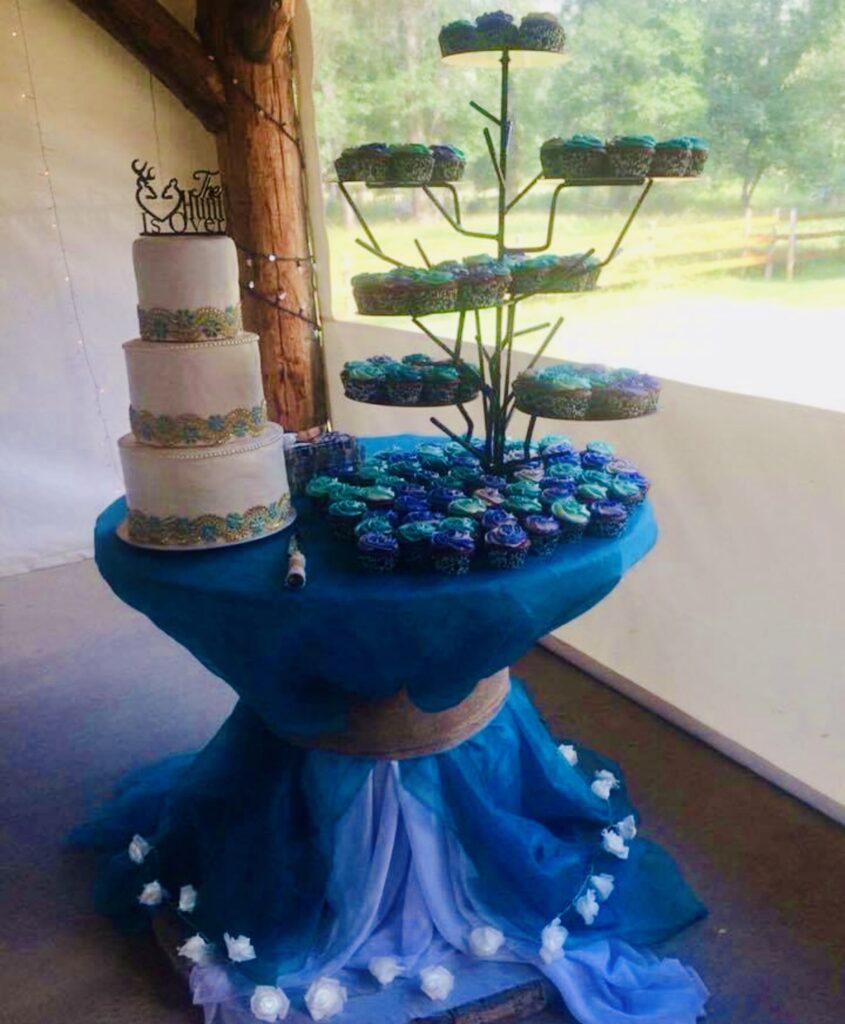
This was the Caine’s Arcade game we created in less than 15 minutes!
Week 2: September 12th, 2024
Specifics: This week we learned about mid-tech maker challenges! The big takeaway I had from this week is the four elements of makification in educational contexts are: Creation, iteration, sharing, and autonomy (Cohen et al., 2017, p. 222).
Reflection: Cassidy and I experienced each one while creating a mid-tech maker challenge.
- Creation: We created an animal that moves with LegoSpike.
- Iteration: We had to make several adjustments to make it work (it was frustrating but also motivating!)
- Sharing: we collaborated as a partnership and sought help when needed.
- Autonomy: We both had autonomy to add unique elements and bring our own creativity to the challenge.

Future Application: I would love to bring this into a classroom, probably grade three and up. I would love to have Ryan McKenzie join and support the class as I was very novice at this. I think it would be a huge hit! Such a blast and so much creativity and iteration were happening.
Week 3: September 19th, 2024
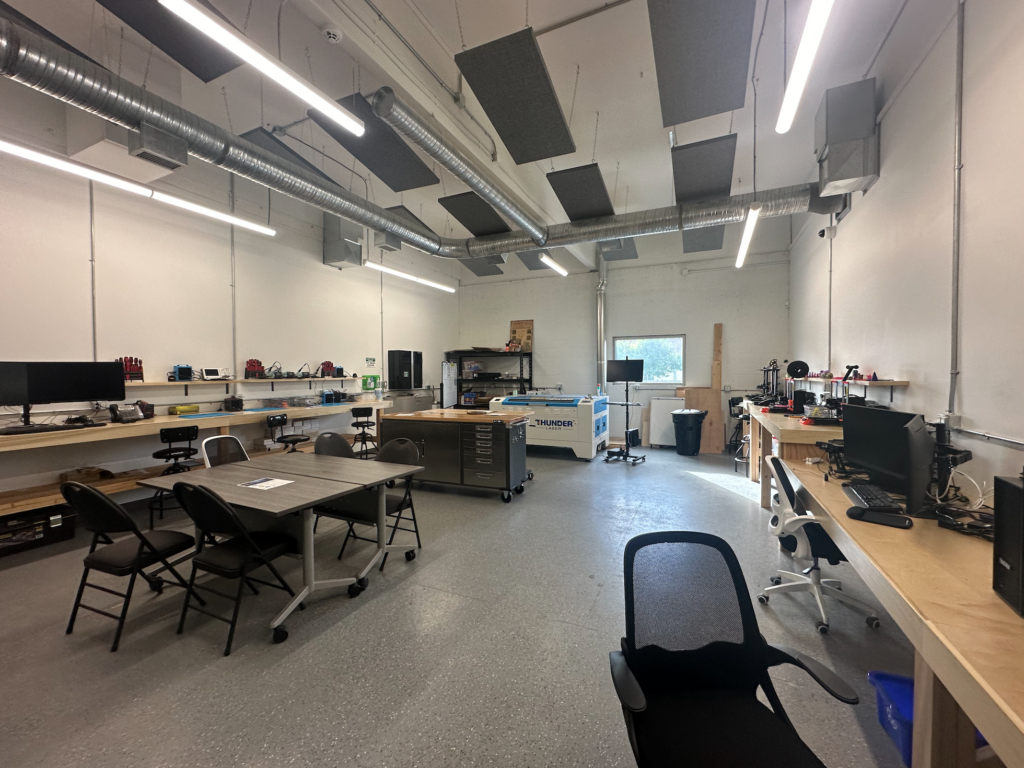
Specifics: This week my big takeaway is defining: What is a Makerspace? From my perspective, a Makerspace is a place where anyone can create and collaborate with use of tools and technology. It is a place where mistakes and failures are celebrated (iterations) and a growth mindset is a must. They are found worldwide.
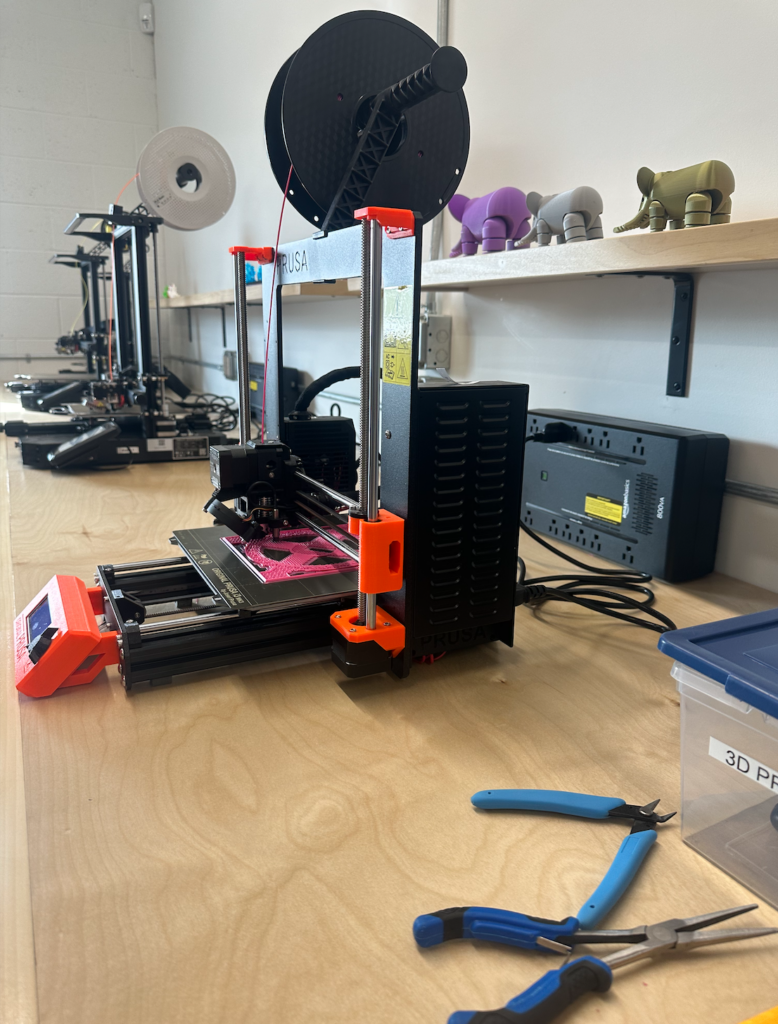
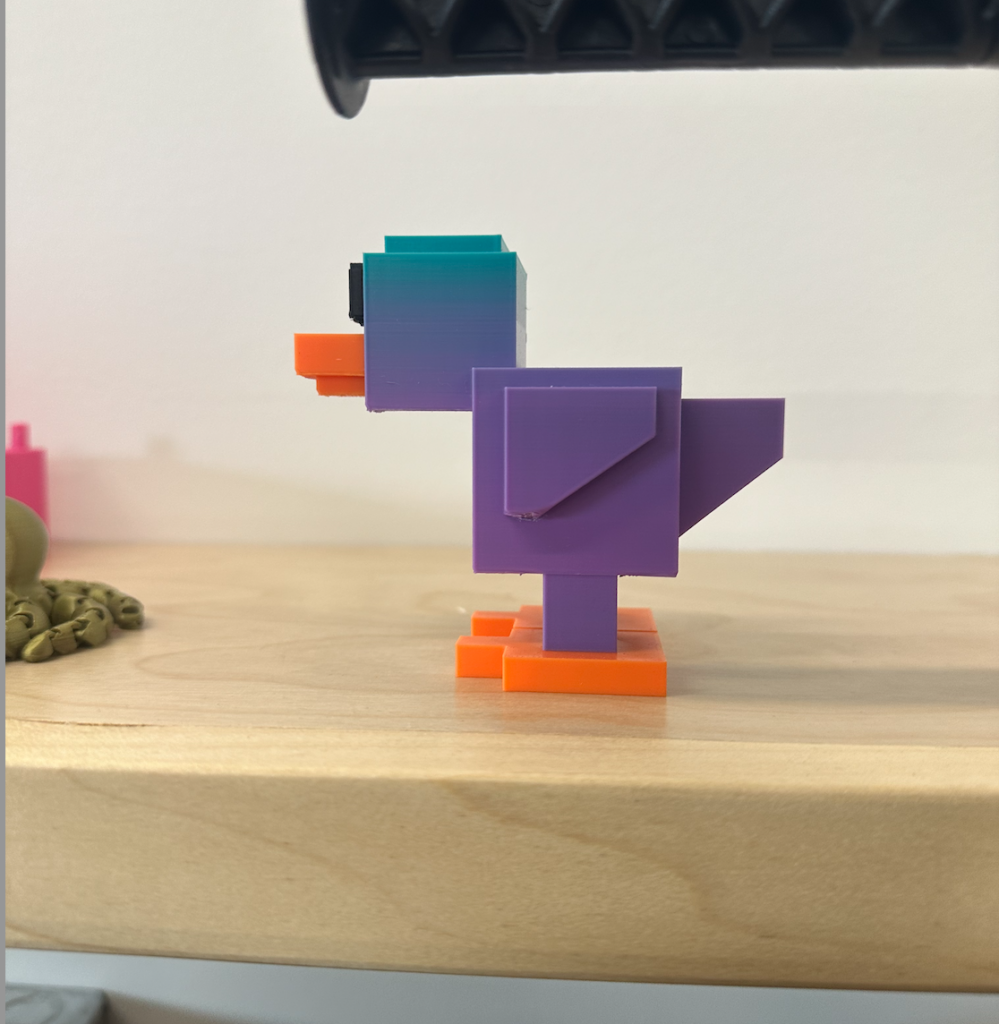
Reflection: Today I used a growth midset when discussing with a classmate how I don’t know how to use a 3D printer yet, but I am going to do my best to make a watering can with one for my EDIDA project.
Future application: The YXC makerspace and SD5 design labs are both great locations to bring classes to. I want to expose my students to careers and maker culture in our own community. I will absolutely be reaching out for a tour of both places as a future teacher.
Week 4: September 26th, 2024
Specifics: Today we were introduced to high-tech maker technology! A few of the many that are currently available in local schools are Virtual Reality, 3D printers, and laser printers).
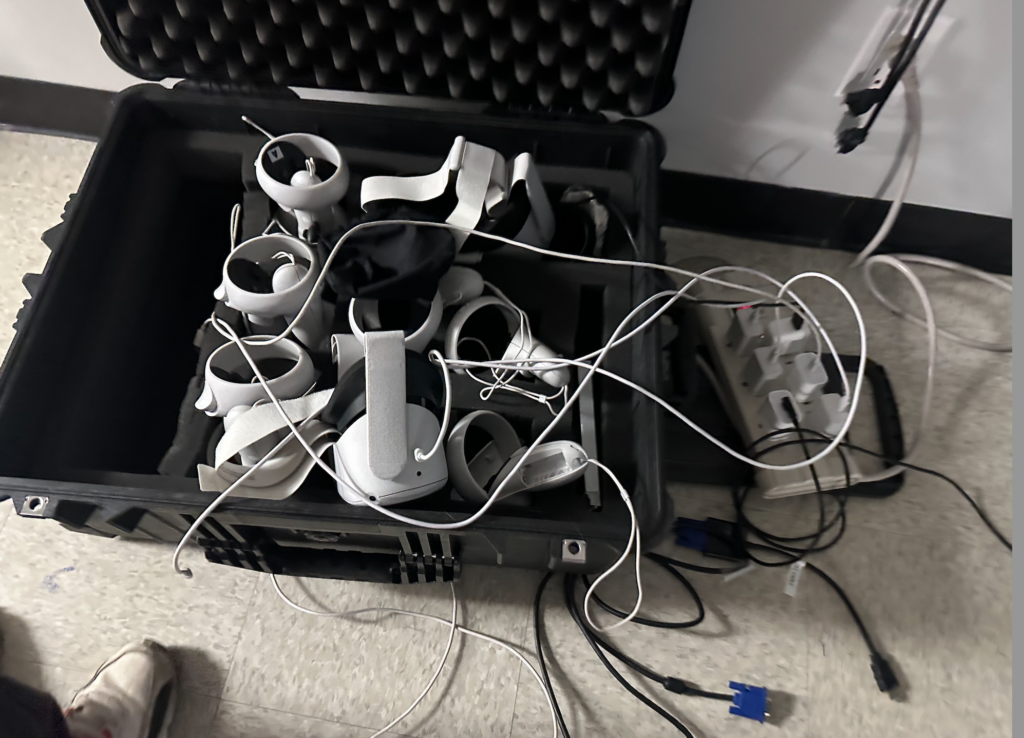
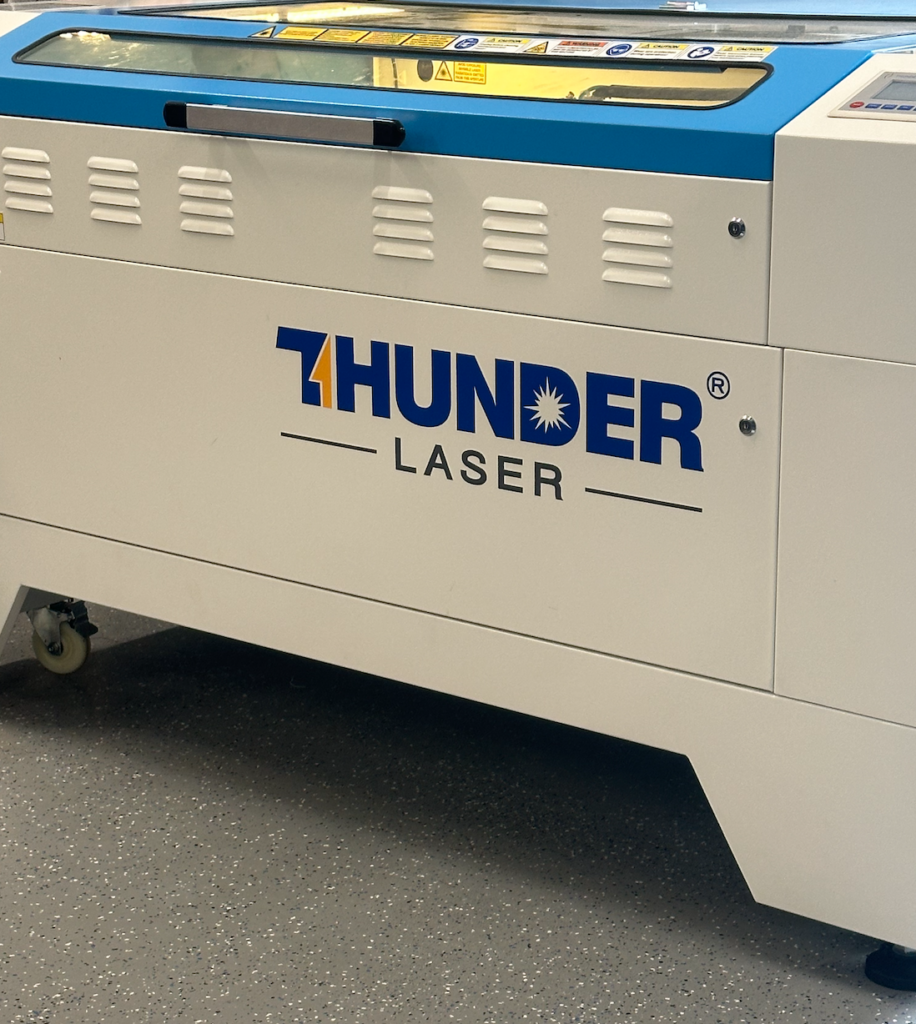
Reflection: “If we imagine the same thing over and over again, we limit our possibilities” (TED-EX, Re-Imagine the Future, 2016). This quote stuck out to me today from the video we watched because I am so guilty of this! For example, when I started my EDIDA maker project I had such a narrow vision of what I wanted to be. As I have talked with peers and my instructor I see so many more possibilities of layers that will add much more depth to my project!
Future Application: The SD5 Design lab gives local teachers and students access to high-tech maker tools and the YXC Makerspace. If I am fortunate enough to be hired with the district, I will absolutely be looking to book into the design lab with my class to continue to learn from Ryan and see my students have opportunities to not only see their imaginations come to life but also learn of potential careers with making.
Week 5: October 3rd, 2024
Specifics: This week we continued with high-tech maker technology. I had the opportunity to work with two classmates, Zac and Kim, to create a bubble wand with a 3-D printer through Tinkercad.
Reflection:
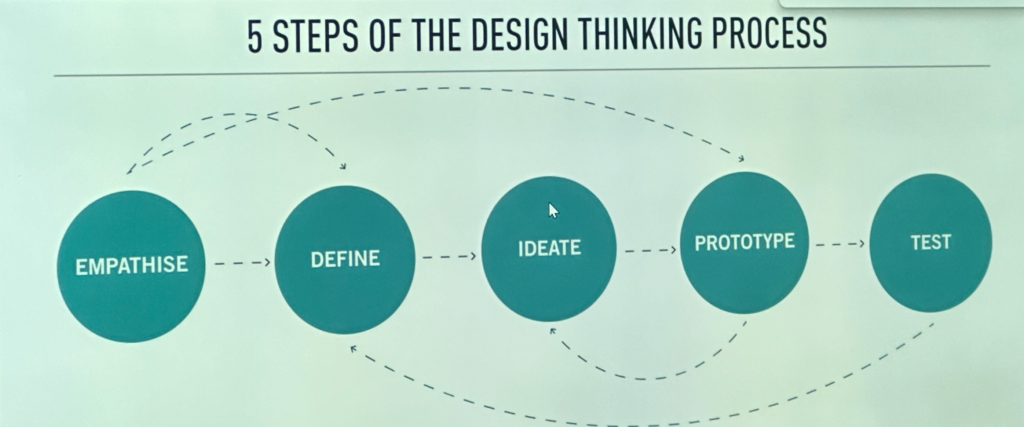
This week I learned about the design thinking process! It was very evident as my partners and I created a bubble wand. Below are the steps we did to design, create a prototype, test, and iterate. We had lot’s of ups and downs in the design process but overall had a blast and were excited to create a successful product! See below photos.
Iteration #1:
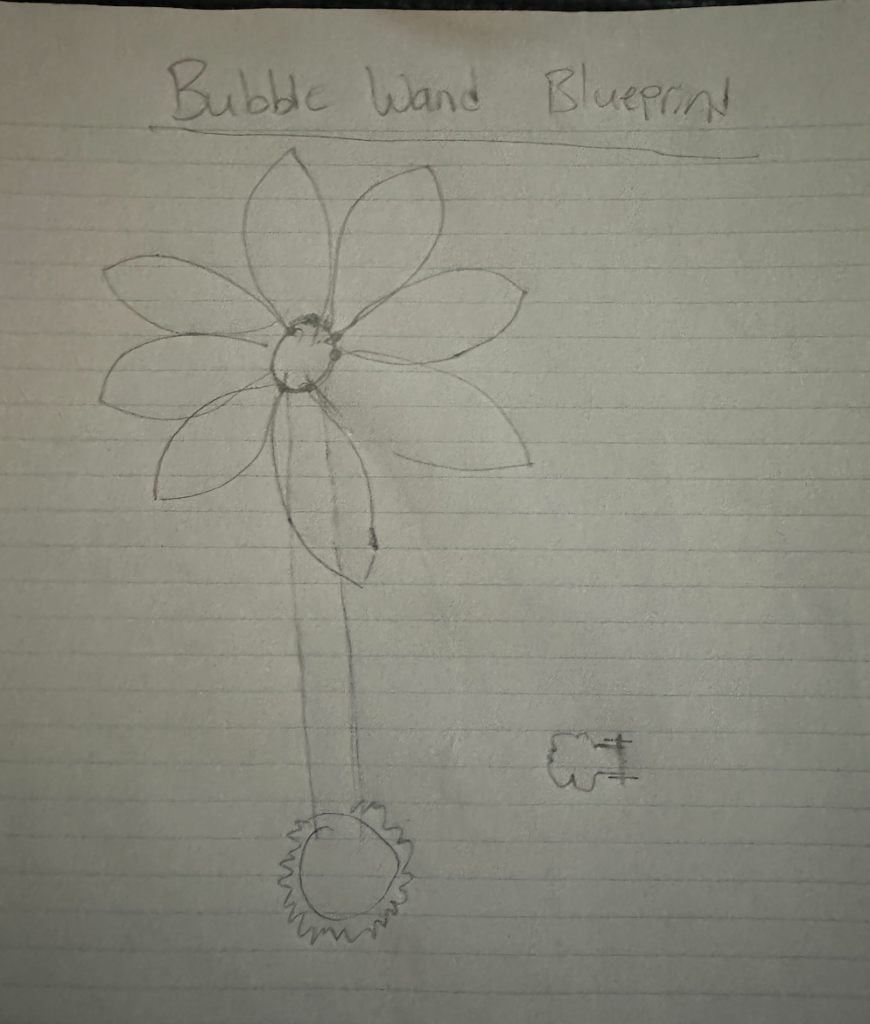
Iteration #2: Using Virtual reality to draw out our design using “Tilt Brush”.
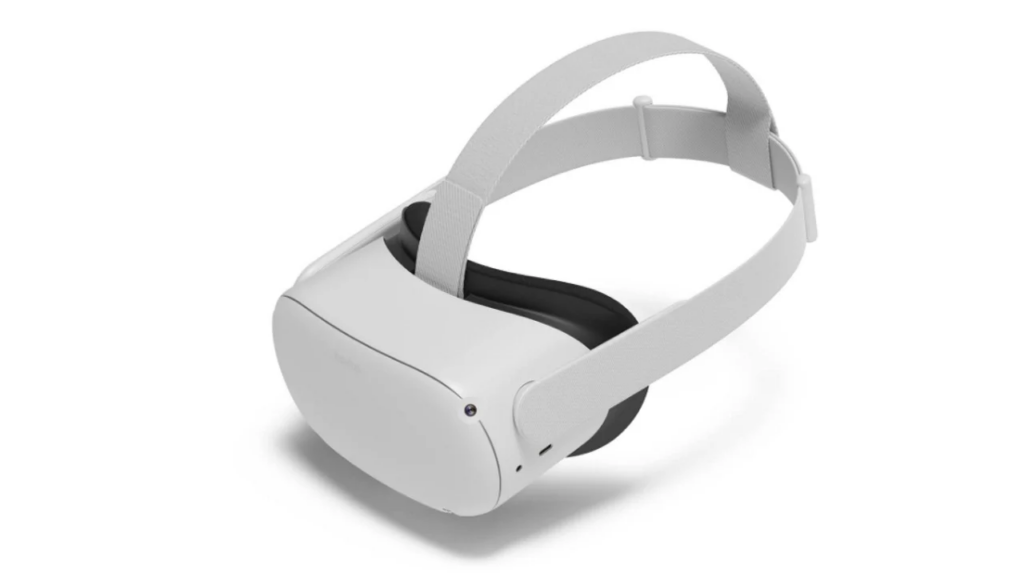
Iteration #3: Created a prototype with a 3D pen. We ran into the issue that it was hard to dip into a container.
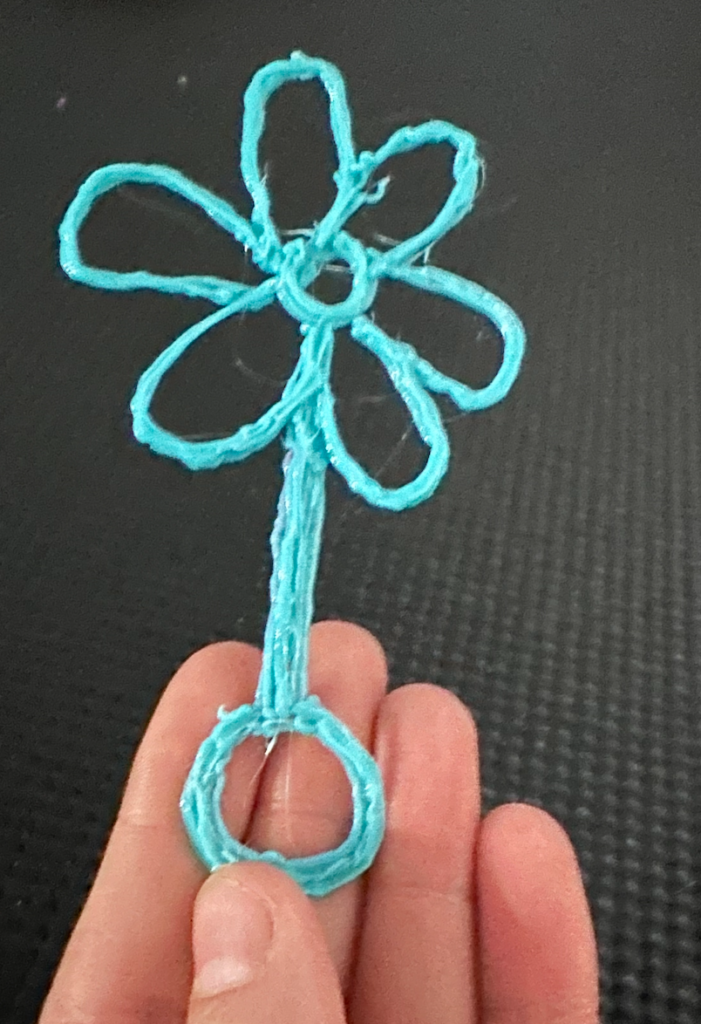
Iteration #4: New angled handle design. This worked much better.
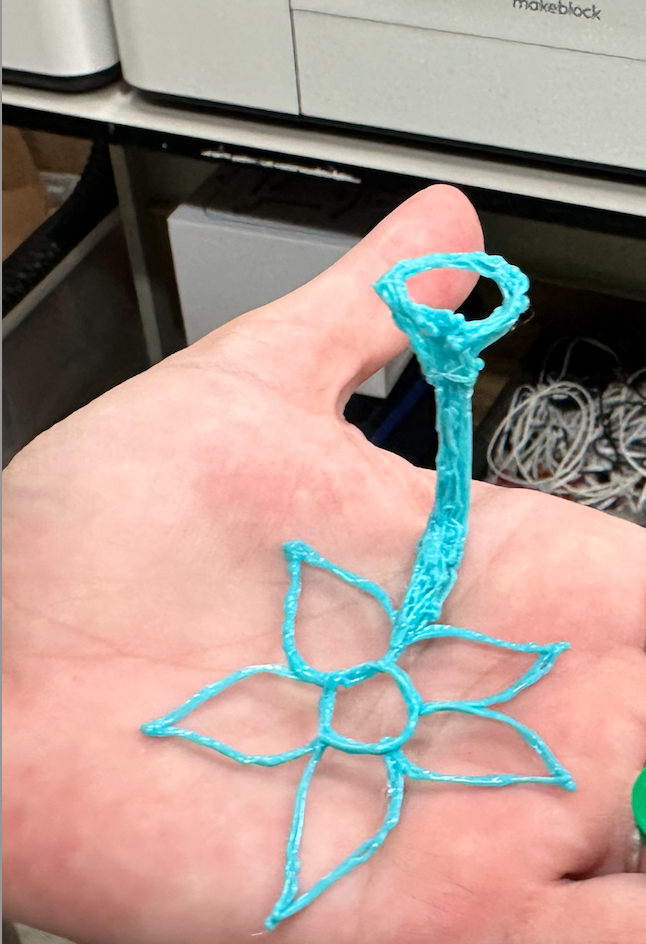
Iteration #5: Created the design with TinkerCad
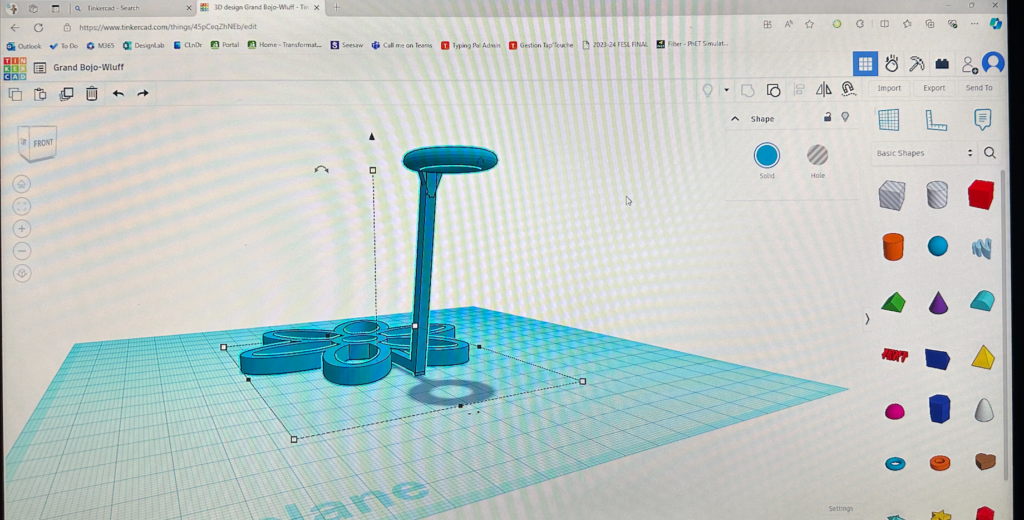
Iteration #6: 3-D printed it.
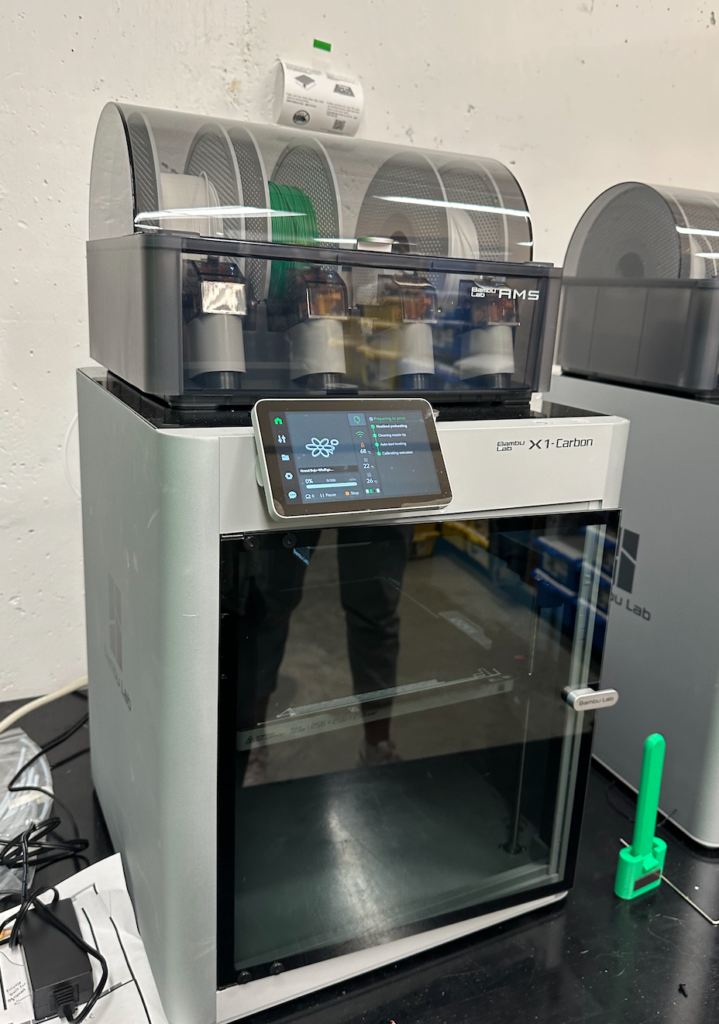
Final Product test! It worked!
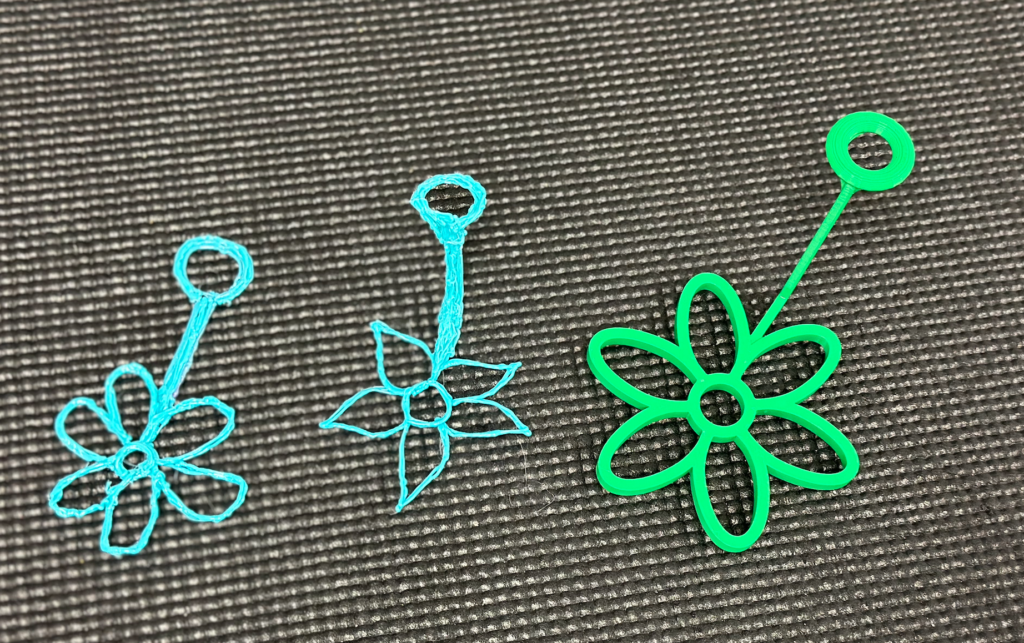
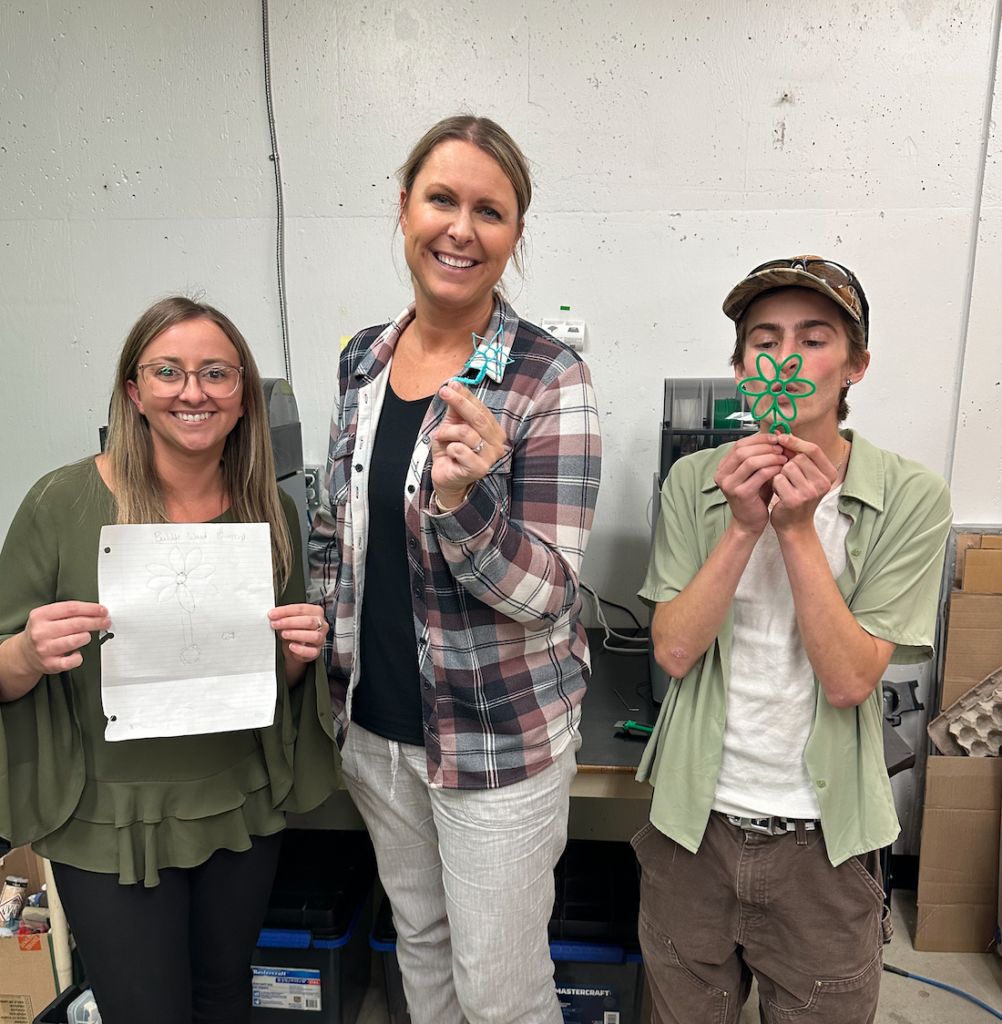
Future Application: I am planning to design a watering can with the 3-D printer to add to my EDIDA Maker Project. I am going to watch some YouTube tutorials and hopefully next week I can create the prototype!
Week 6: October 10th, 2024
Specifics: This past week I took time to watch a YouTube tutorial on how to create a watering can design with tinkercad. This is a wonderful tool I can now share with future makers of the world! We also had Tara Merkel come in and share some wonderful ways to intertwine Ktunaxa ways of knowing and being into our classroom with the Core Competencies. Below are some photos:
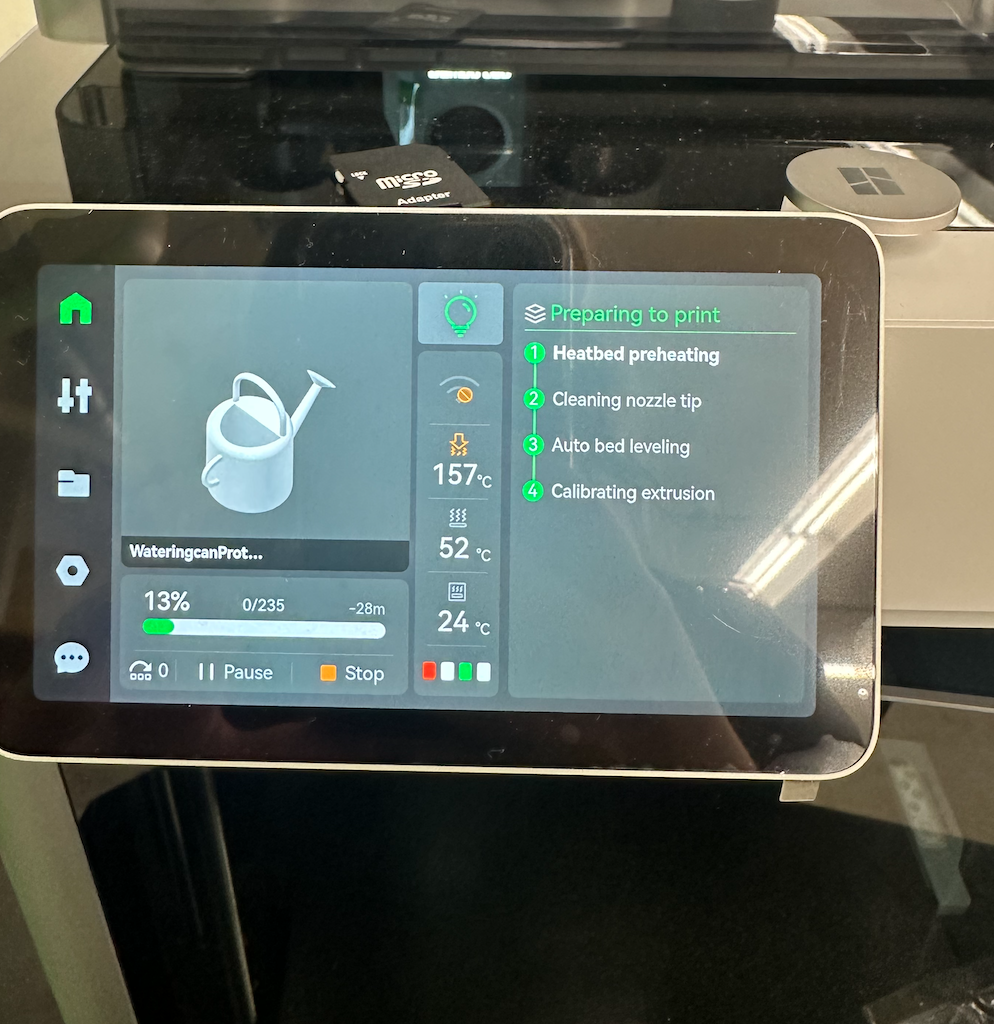
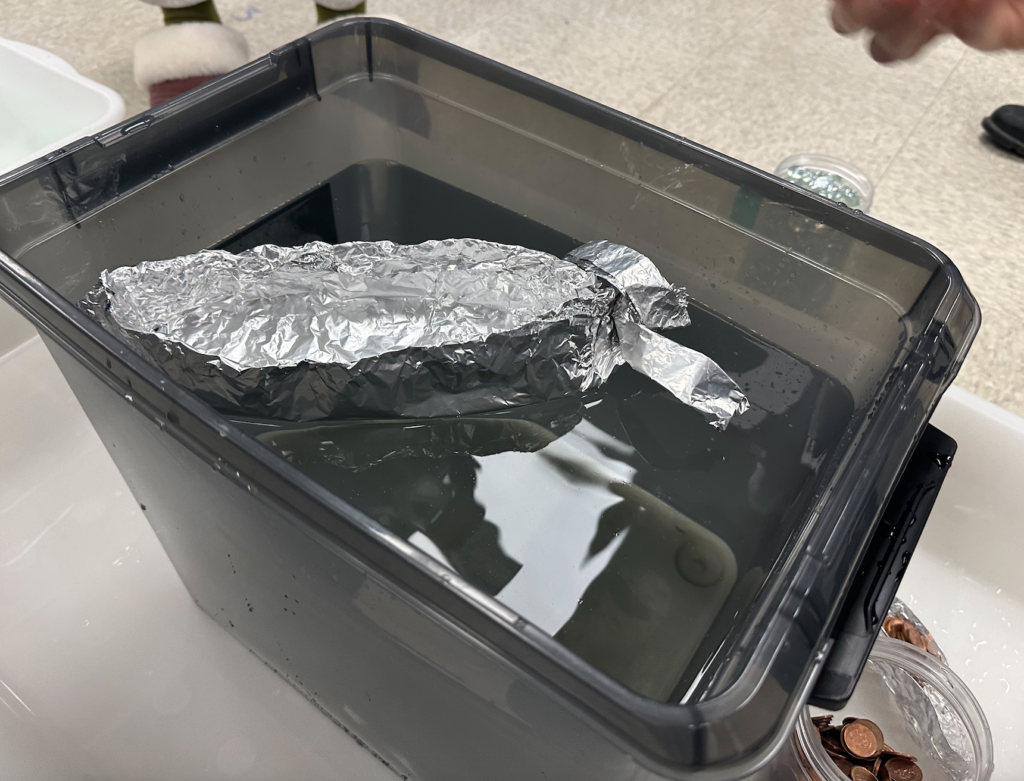
We completed a really fun mini-maker challenge where we were only given tinfoil and asked to create a boat that would hold as many pennies as possible. This was simple yet provided so many opportunities for iteration and collaboration!
Reflection: Designing a watering can on Tinkercad was quite the journey! Despite the tutorial being just 13 minutes long, it ended up taking me over two hours. I experienced a rollercoaster of emotions—moments of excitement and bouts of frustration. Then moving onto to developing the prototype brought a wave of excitement, quickly followed by defeat.
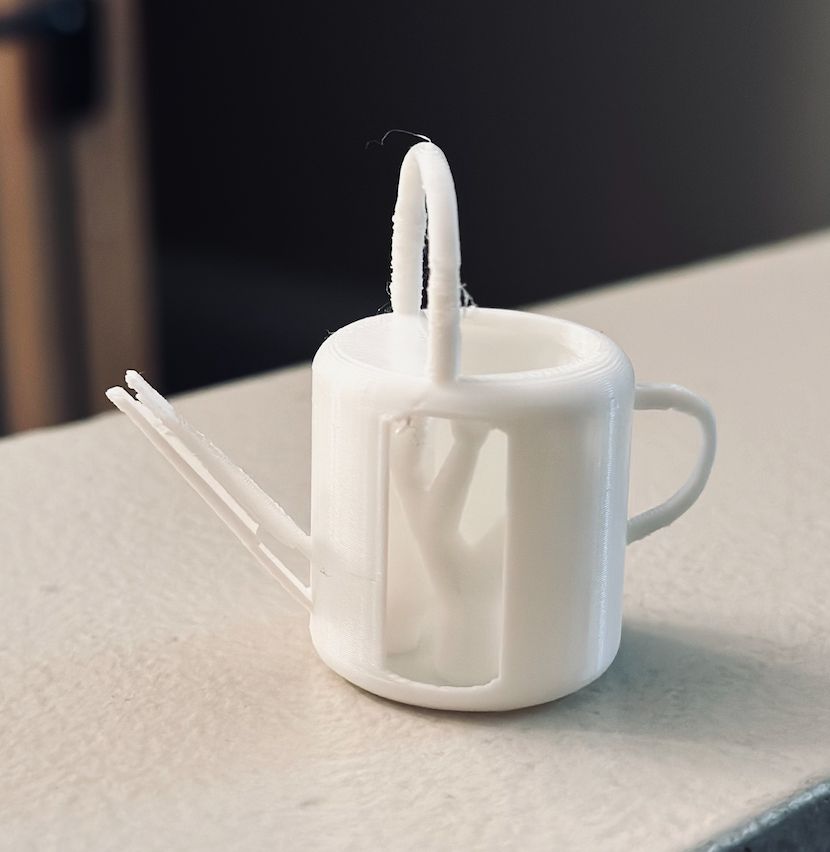
Unfortunately, my first prototype did not work out so well. The side wall has a hole and the watering spout did not seal. I walked away feeling very defeated this week. I know this is part of the design process I need to grow to love; however, with multiple deadlines coming up I felt very discouraged. I just keep reminding myself, it doesn’t work YET but I am going to get there!
Future Application: Depending on the age (probably grade 3 and up), I would absolutely introduce students to Tinkercad designing for 3D printing. My students will be the future engineers and makers of the world, so the more they are exposed to and see how it connects to real careers the better! This makes me think about the article called “Who is Welcome here? A Culturally Responsive Content Analysis of Makerspace Websites” by Hannah Eye (2020) who states “In maker education, Culturally responsive pedagogy (CRP) would require in-person and online experiences that connect the cultural worlds of students to science and engineering” (p. 2). To be a culturally responsive teacher, I strive to promote equity in the classroom by offering all students opportunities to engage in diverse activities. This approach encourages them to explore a wide range of career possibilities, challenging traditional gender norms.
Week 7: October 16th, 2024
Specifics: This week I was able to experience an insitu at Kootenay Orchards Design lab with a grade 4 class. It was a BLAST! Ryan went into the classroom the previous day to teach about Lego Spike and an introduction to coding. When the students showed up today I worked with them to create a Lego Spike fan to learn about matter that we cannot always see (air). Once the fans worked, the students created a gravity drop tower and used little baskets made with a 3D printer to test the speed drop of each basket. Lastly, the students were asked to make something out of a pipe cleaner, paper and tape to help slow down the drop of the bigger basket and video it with a slow-motion camera.
ADD PHOTOS
Reflection: What I loved about this project is how many iterations the students did throughout the making process! My guess is each pair completed at least 20 iterations in just 3 short hours. I also loved seeing their creativity come through. My brain went to one way of doing something and students showed me how one quest can be done in numerous ways. I was also so excited to see how high the level of engagement was for 3 whole hours! The students were very involved with their project and I rarely saw any behavioural concerns. The only small ones that appeared were from the want to continue working rather than regroup and listen to the next steps.
Future Application: I would love to bring Lego Spike into the classroom to teach about really any topic. I see so much value in how these maker challenges not only touch the content of the curriculum, but also the Core Competencies. It’s a wonderful window of opportunity to teach students social-emotional skills to work with others and follow directions. I also loved that it opened students eyes to different job opportunities (Nasa, engineering ect..) no matter their gender or background.
Week 8: October 23rd, 2024
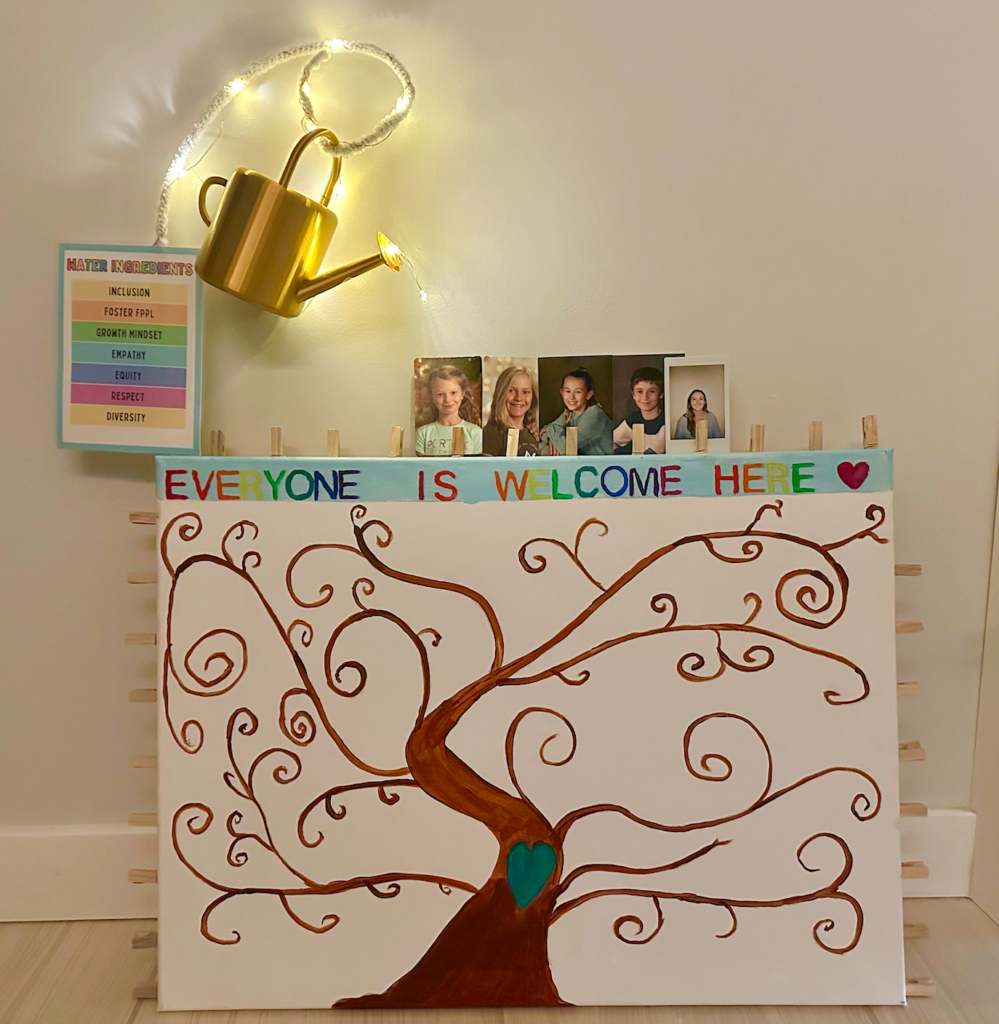
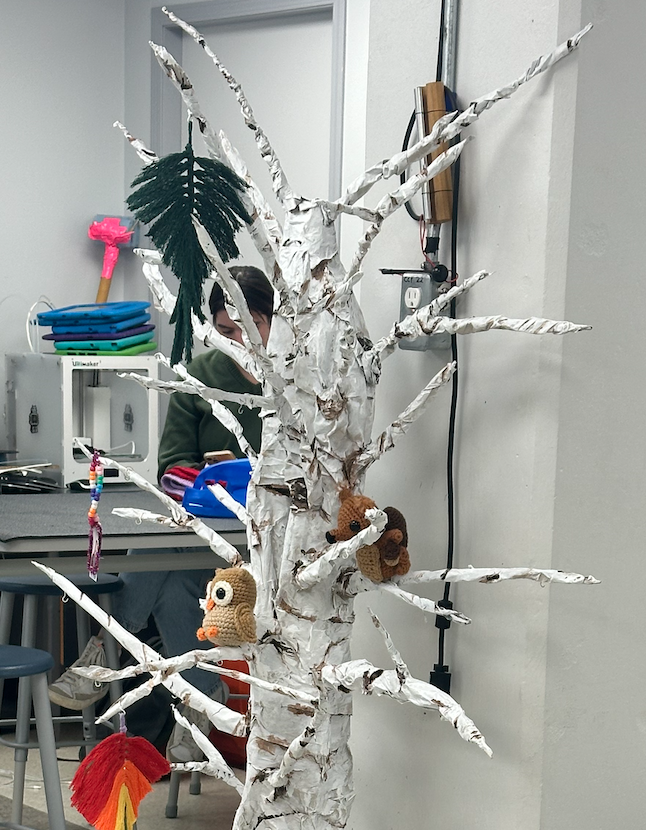
Specifics: Today’s class was devoted to sharing everyon’s EDIDA inspired artifact. EDIDA stands for equity, diversity, inclusion, decolonization, anti-racism. It was our mission to individually make an artifact we can bring with us into our future classrooms that foster the EDIDA framework so each student feels welcome as their authentic selves.
Reflection: I was genuinly thrilled to see the unique qualities of my peers reflected in each of their projects. Not a single artifact reflected another. This experience reinforced my belief that every single student who walks into my future classroom contribuetes something special, and their uniqueness will create a diverse and rich learning environment. Overall, this project had an overarching mission (to foster EDIDA principles); however, I loved that it was open-ended and allowed for such a diversity of ideas.
Future Application: I am extremely proud of the artifact I created. I spent numerous hours working on it and creating re-iterations so I am very excited to hang it up in my future classroom. My first future application is to include this artifact in my teaching and the second application is I want to foster different maker project’s like this one that are so open-ended and welcoming to diversity.
Week 9: October 31st, 2024
~To Come
Week 10: November 7th, 2024
~To Come
References
Cohen, J., Jones, W. M., Smith, S., & Calandra, B. (2017). Makification: Towards a Framework for Leveraging the Maker Movement in Formal Education. Journal of Educational Multimedia and Hypermedia, 217–229.
Kye, H. (2020). Who is welcome here? A culturally responsive content analysis of makerspace websites. Journal of Pre-College Engineering Education Research (J-PEER), 10(2), 1–16. https://doi.org/10.7771/2157-9288.1190
Lego Education spike. LEGO Education SPIKE. (n.d.). https://spike.legoeducation.com/
Our story. Imagination.org. (n.d.). https://imagination.org/about-us/our-story/
Oguntala, A. (n.d.). Re-imagine the future. Angela Oguntala: Re-imagine the future | TED Talk. https://www.ted.com/talks/angela_oguntala_re_imagine_the_future?subtitle=en
https://www.tinkercad.com
Leave a Reply
You must be logged in to post a comment.